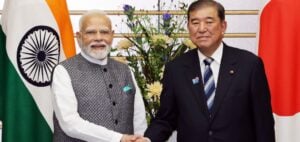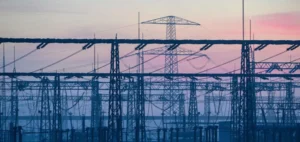The G7 will “urgently” implement a cap on Russian oil prices and is encouraging a “broad coalition” of countries to participate in the initiative to deprive Moscow of part of its energy windfall, according to a statement released Friday.
“The price cap will be set at a level based on a range of technical data and will be decided by the coalition as a whole prior to implementation,” the seven countries wrote in the statement, assuring that future prices would be “communicated publicly in a clear and transparent manner.”
The decision, which must be implemented “urgently” according to the G7 declaration, was finalized at a virtual summit of the finance ministers of the seven most industrialized countries (United States, Germany, France, United Kingdom, Canada, Japan).
“Russia benefits economically from the uncertainties associated with the war on energy markets,” German Finance Minister Christian Lindner told reporters after the meeting.
“Russia is currently making high profits from the export of raw materials such as oil and we want to resolutely oppose it,” he argued.
“The price cap is specifically designed to reduce Russia’s revenues and its ability to finance its war of aggression, while limiting the impact of Russia’s war on the world,” especially “low-income countries,” the G7 says in its statement.
In concrete terms, Russia would sell its oil to these countries at a price lower than that at which it sells it today, but which would remain higher than the production price, so that it would have an economic interest in continuing to sell it to them, and so that it would not cut off its deliveries.
The challenge is to get as many countries on board as possible because the price cap will only work if all the major buying countries participate, say experts, who point to the role of China and India in particular.
To this end, the G7 “invites all countries to provide input on the design of the price cap and to implement this important measure” in order to build “a broad coalition” to maximize the effect of the measure.
At the end of June, the leaders of the G7 countries, under the impetus of Washington, had launched work to develop the complex mechanisms of this cap, which should be based on a ban on insurers and reinsurers covering the maritime transport of Russian oil.






















